41 label the components of the initiation step of protein synthesis
Prokaryotic Translation (Protein Synthesis) - Microbe Notes Initiation of protein synthesis requires proteins called initiation factors (IFs). ... Steps Involved. Initiation begins with the binding of IF-1 and IF-3 to the small (30S) ribosomal subunit. Their role is to stop the 30S subunit binding to the 50S subunit in the absence of mRNA and fMet-tRNA f Met which would result in a nonfunctional ribosome. Stages of translation (article) | Khan Academy Translation: Beginning, middle, and end. A book or movie has three basic parts: a beginning, middle, and end. Translation has pretty much the same three parts, but they have fancier names: initiation, elongation, and termination. Initiation ("beginning"): in this stage, the ribosome gets together with the mRNA and the first tRNA so translation ...
Protein Synthesis: Meaning, Machinery, and Diagram - EMBIBE Ribosomes serve as the site of protein synthesis that attaches to the mRNA at its 5'end and causes the initiation of the polypeptide chain with the help of initiation factors. The translation begins with the initiator codon AUG. The tRNA recognises and joins the initiation codon carrying the specific amino acid.
Label the components of the initiation step of protein synthesis
Protein Biosynthesis - an overview | ScienceDirect Topics Additional topics are as follows: protein synthesis in the mitochondria, mitochondrial encephalomyopathy with lactic acid and stroke-like episodes, protein synthesis directed by the nucleus, the ribosome, structure of transfer RNA (tRNA), initiation and amino acid tRNA synthase, elongation and peptidyltransferase ribozyme, termination ... Label the components of the initiation step of protein synthesis. Drag ... Label the components of the initiation step of protein synthesis. Drag the appropriate labels to... Label the components of the initiation step of protein synthesis. Drag the appropriate labels to their respective targets. mRNA strand amino acid peptide bond ribosomal sub unit (small) tRNA anticodon start codon Expert's Answer Solution.pdf Protein Synthesis - an overview | ScienceDirect Topics In eukaryotic protein synthesis, it is usually the cytoplasmic ribosomes that translate nuclear genes. Several aspects of eukaryotic protein synthesis are more complex. The ribosomes of eukaryotic cells are larger and contain more rRNA and protein molecules than those of prokaryotes. In addition, eukaryotes have more initiation factors and a ...
Label the components of the initiation step of protein synthesis. Protein Synthesis Steps The components involved in the first step of protein synthesis are: the mRNA to be translated the two ribosomal subunits (small and large subunits) the aminoacyl-tRNA which is specified by the first codon in the mRNA guanosine triphosphate (GTP), which provides energy for the process - eukaryotes require also adenosine triphosphate! Steps Involved in Protein Synthesis Mechanism | Genetics | Biology Step 3 — Transfer of Amino Acids to the Site of Protein Synthesis: During this step, the amino acids are transported from the amino acid pool to the ribosomes. But the amino acids occur in the cytoplasm in an inactive state. Each amino acid is activated by a specific activating enzyme known as amino acyl synthetase and ATP. Protein Synthesis Process: Step By Step - Lambda Geeks There are 5 major steps of the protein synthesis process are: Activation of amino acids Transfer of amino acids to tRNA Initiation of the polypeptide chain Chain termination and Translocation of the protein molecule This is the basic thumb rule for prokaryotes, while eukaryotes have some extra steps due to their cell complexity. Solved Label the components of the initiation step of | Chegg.com Label the components of the initiation step of protein synthesis. Drag the appropriate labels to their respective targets. Question: Label the components of the initiation step of protein synthesis. Drag the appropriate labels to their respective targets.
6 Steps of Protein Synthesis Flashcards - Quizlet Step 1 A section of DNA containing a gene is copied and a messenger molecule called mRNA is formed. Step 2 The messenger molecule (mRNA) carries the DNA copy to the cytoplasm. Step 3 The messenger molecule (mRNA) is fed through the ribosome 3 bases at a time. Step 4 5 Major Stages of Protein Synthesis (explained with diagram) | Biology The step requires enzymes called amino acyI RNA synthetases. Due to this reaction amino acid (AA) and adenosine triphosphate (ATP), mediated by above enzyme, amino acyl - AMP - enzyme complex is formed (Fig. 6.40). AA + ATP Enzyme -AA - AMP - enzyme complex + PP ADVERTISEMENTS: Protein Synthesis - Anatomy & Physiology - UH Pressbooks Ribosomal RNA (rRNA) is a type of RNA that, together with proteins, composes the structure of the ribosome. Ribosomes exist in the cytoplasm as two distinct components, a small and a large subunit. When an mRNA molecule is ready to be translated, the two subunits come together and attach to the mRNA. Solved Label the components of the initiation step of | Chegg.com Question: Label the components of the initiation step of protein synthesis. Drag the appropriate labels to their respective targets. View Available Hint (s) Reset Help ribosomal subunit (small) amino acid ANA start codon anticodon peptide bond mRNA strand Submit This problem has been solved! See the answer Show transcribed image text Expert Answer
Protein Synthesis - Elmhurst University In the cytoplasm, protein synthesis is actually initiated by the AUG codon on mRNA. The AUG codon signals both the interaction of the ribosome with m-RNA and also the tRNA with the anticodons (UAC). The tRNA which initiates the protein synthesis has N-formyl-methionine attached. Initiation of Protein Synthesis - CliffsNotes A special initiator tRNA, tRNA met I (I stands for initiator) is used for beginning protein synthesis. In bacteria, this initiator tRNA carries the modified amino acid N‐formylmethionine (fmet). The formylation reaction transfers the formyl group from formyl‐tetrahydrofolate to methionyl‐tRNA met I +. Protein Synthesis (Translation) | Microbiology | | Course Hero The synthesis of proteins consumes more of a cell's energy than any other metabolic process. In turn, proteins account for more mass than any other macromolecule of living organisms. They perform virtually every function of a cell, serving as both functional (e.g., enzymes) and structural elements. The process of translation, or protein ... Protein Synthesis (Translation): Processes and Regulation Synthesis proceeds from the N-terminus to the C-terminus of the protein. The ribosomes "read" the mRNA in the 5′ to 3′ direction. Active translation occurs on polyribosomes (also termed polysomes). This means that more than one ribosome can be bound to and translate a given mRNA at any one time.
Week 1: Protein Synthesis Flashcards - Quizlet Drag the correct labels onto the nucleotides in the RNA transcript. Not all labels will be used. Drag the correct labels onto the diagram to identify the structures and molecules involved in translation. The diagram below shows the arrangement of the translation components during initiation.
Protein Production: Initiation, Elongation and Termination Protein synthesis may be carried out by free ribosomes in the cytosol or by membrane-bound ribosomes on the endoplasmic reticulum (ER). Proteins destined for use within the cell are usually translated by free ribosomes. Proteins meant for export out of the cell or for use in lysosomes are synthesized by ribosomes bound to the ER.
A Short Explanation of the Fascinating Process of Protein Synthesis Protein synthesis refers to the construction of proteins by the living cells. Comprising two primary parts (transcription and translation), the process of protein synthesis involves ribonucleic acids (RNA), deoxyribonucleic acid (DNA), enzymes, and ribosomes. Proteins are important organic compounds present in living organisms.
DNA expression and regulation- protein synthesis - natural universe All these steps of transcription and translation require energy, so protein synthesis is one of the most energetically costly of cell processes. Much of this energy is used to make enzymes essential to the functioning of the cell. Most enzymes are proteins. Once part of a strand of mRNA has left one ribosome, it can enter another.
Translation Step, Process, Initiation & Termination - Study.com Steps of Translation. As the name suggests, initiation is the beginning of the translation process, where elongation and termination represent the middle and the last process, respectively.
Protein Synthesis and Degradation - Journal of Biological Chemistry The eukaryotic translation initiation factor 2 (eIF2) has key functions in the initiation step of protein synthesis. eIF2 guides the initiator tRNA to the ribosome, participates in scanning of the mRNA molecule, supports selection of the start codon, and modulates the translation of mRNAs in response to stress. eIF2 comprises a heterotrimeric ...
Mechanism of Protein Biosynthesis - ELTE Role of secondary structures in specifying the initiation codon. Initiation factors of protein synthesis in plastids. 6. Steps of elongation process in prokaryotic protein synthesis (binding of aminoacyl-tRNA to the A site, formation of peptide bond, translocation of peptidyl-tRNA to the P site, release of deacylated tRNA).
Protein Synthesis -Translation (With Diagram) ADVERTISEMENTS: Let us make an in-depth study of the protein synthesis. After reading this article you will learn about: 1. Protein Synthesis 2. Components of Protein Synthesis 3. Mechanisms of Protein Synthesis and 4. Initiation of Protein Synthesis. Protein Synthesis: Proteins are giant molecules formed by polypeptide chains of hundreds to thousands of amino acids. […]
Protein Synthesis: Definition, Steps, and Diagram Protein Synthesis Diagram Translation completes in the cytoplasm of the cell and consist of four phases- (1) Activation (2) Initiation (3) Elongation (4) Termination The initiation starts with the binding of the ribosome to 5'end of mRNA. In elongation, the binding of aminoacyl-tRNA to the ribosome occurs.
Protein Synthesis - an overview | ScienceDirect Topics In eukaryotic protein synthesis, it is usually the cytoplasmic ribosomes that translate nuclear genes. Several aspects of eukaryotic protein synthesis are more complex. The ribosomes of eukaryotic cells are larger and contain more rRNA and protein molecules than those of prokaryotes. In addition, eukaryotes have more initiation factors and a ...
Label the components of the initiation step of protein synthesis. Drag ... Label the components of the initiation step of protein synthesis. Drag the appropriate labels to... Label the components of the initiation step of protein synthesis. Drag the appropriate labels to their respective targets. mRNA strand amino acid peptide bond ribosomal sub unit (small) tRNA anticodon start codon Expert's Answer Solution.pdf
Protein Biosynthesis - an overview | ScienceDirect Topics Additional topics are as follows: protein synthesis in the mitochondria, mitochondrial encephalomyopathy with lactic acid and stroke-like episodes, protein synthesis directed by the nucleus, the ribosome, structure of transfer RNA (tRNA), initiation and amino acid tRNA synthase, elongation and peptidyltransferase ribozyme, termination ...





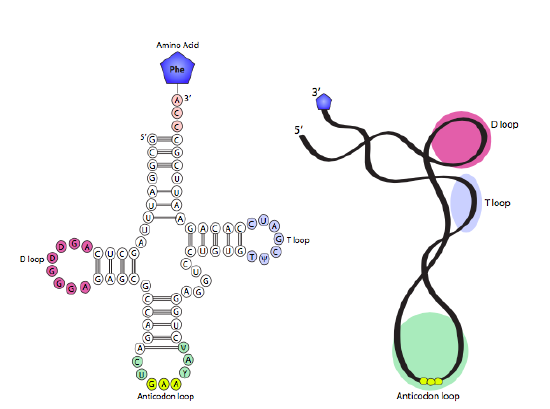




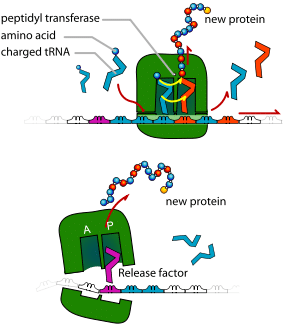









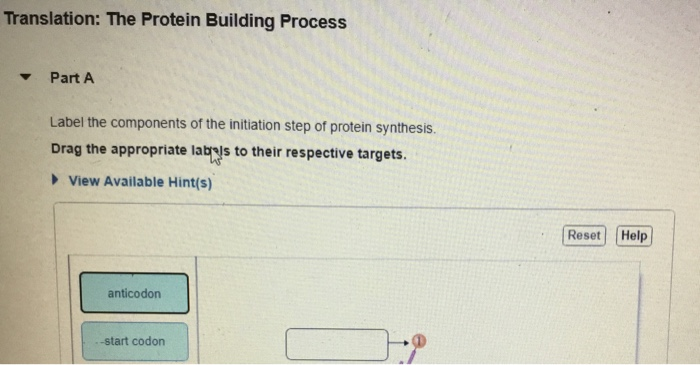

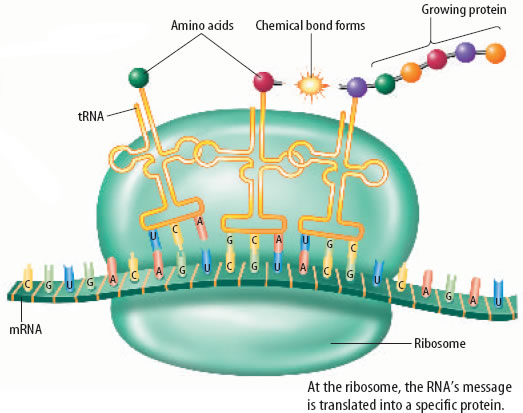
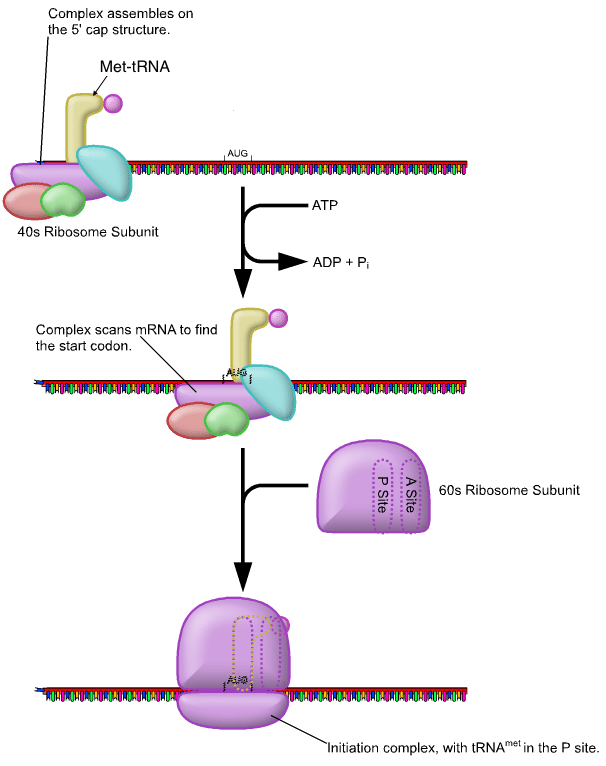


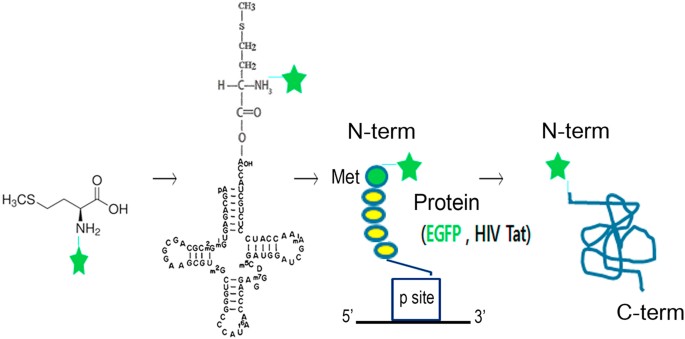



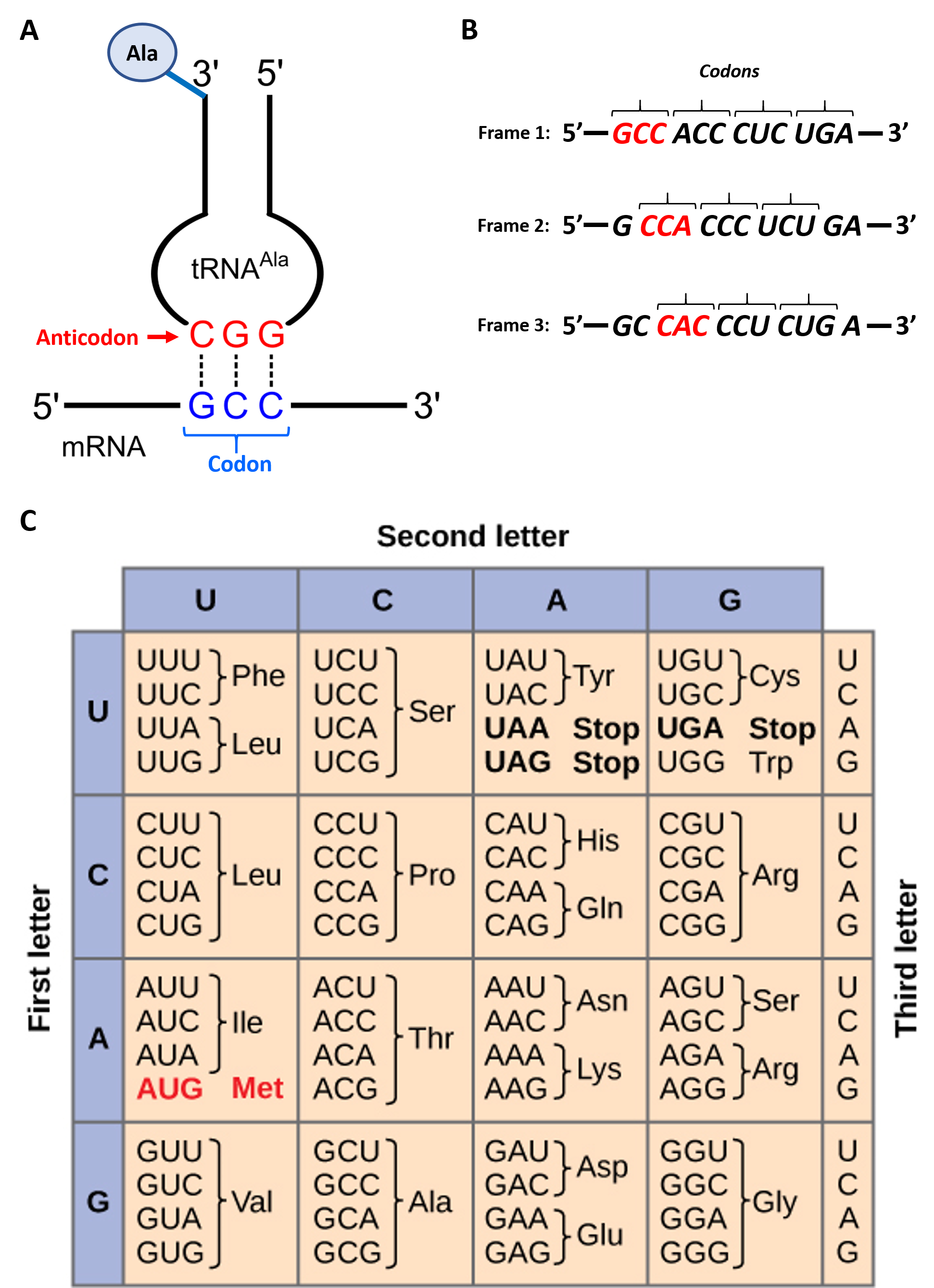

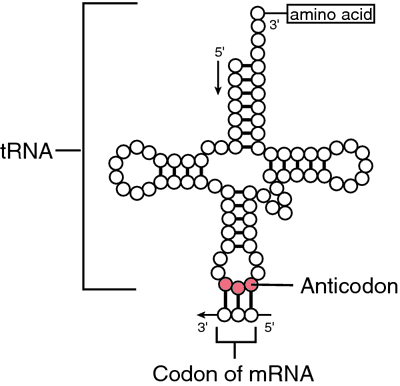



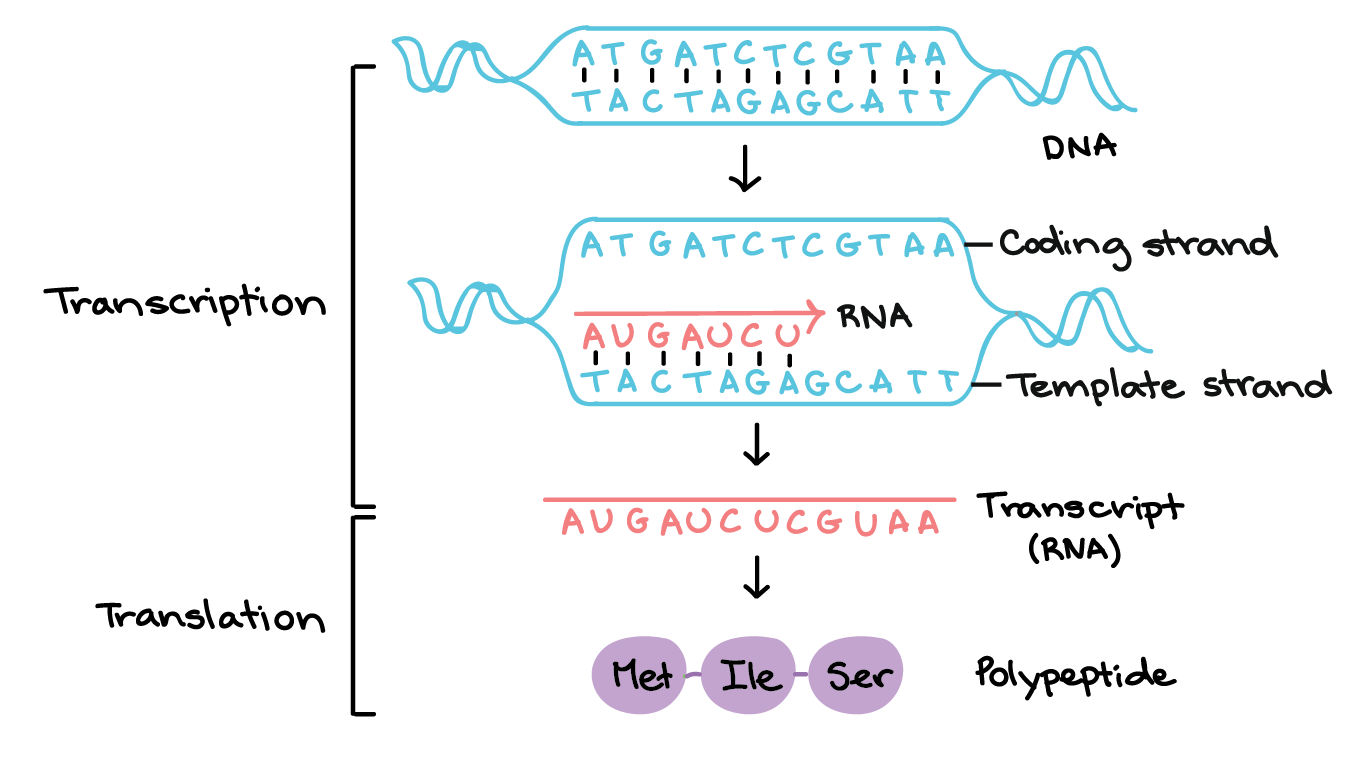
Post a Comment for "41 label the components of the initiation step of protein synthesis"